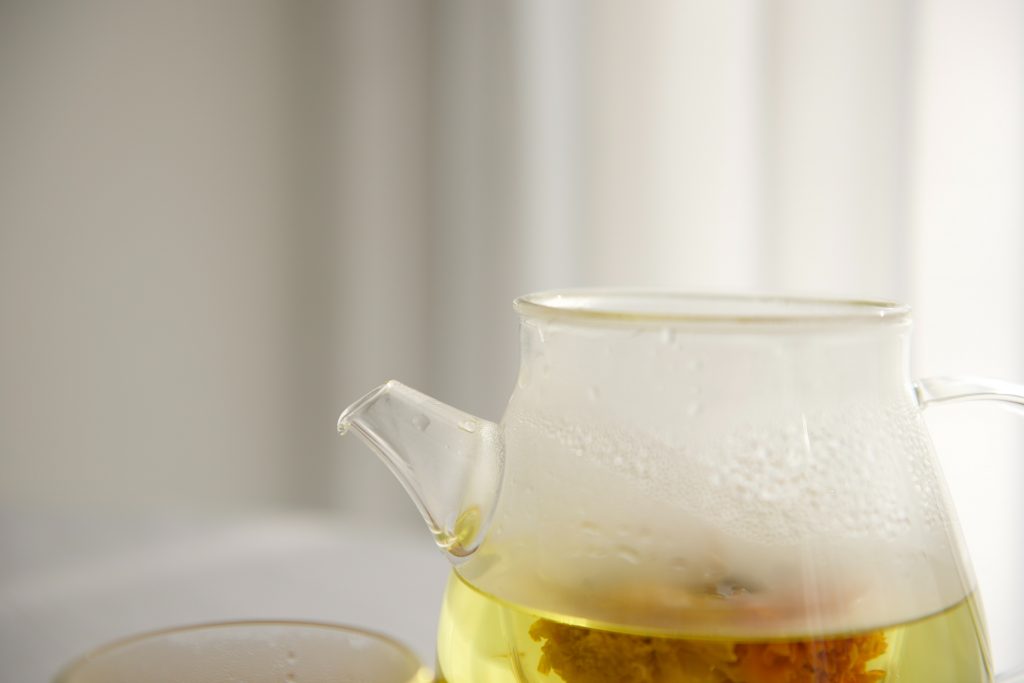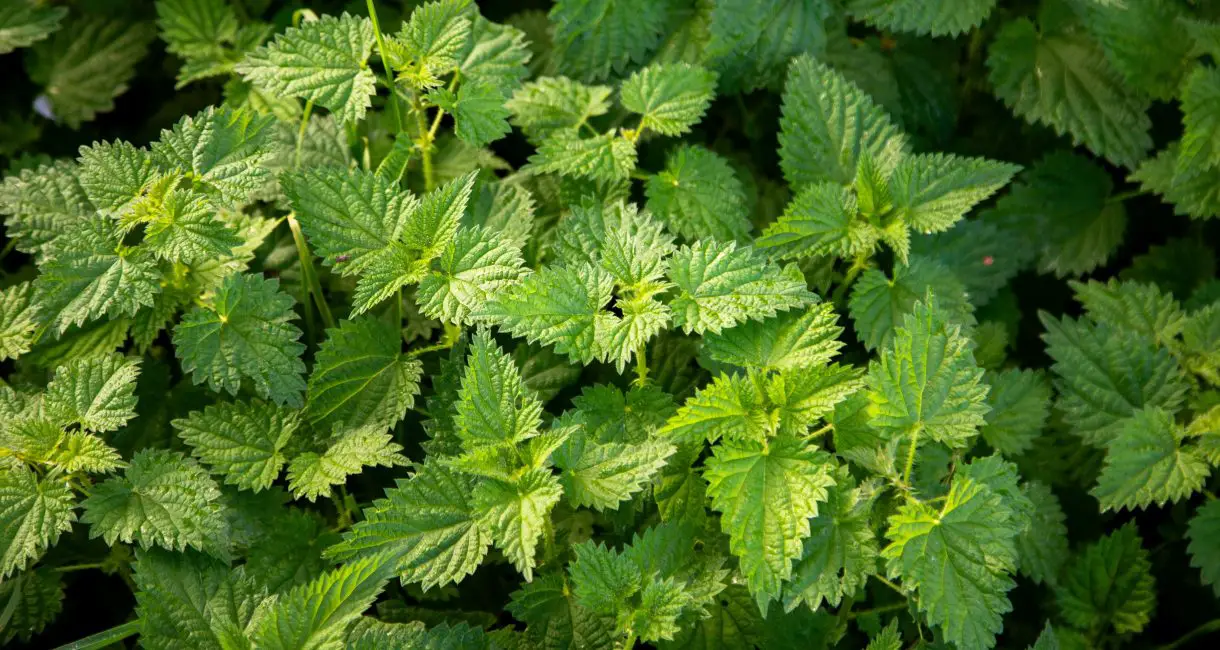Stinging nettles (Urtica dioica) are often seen as an unwelcome visitor in gardens and landscapes. Known primarily for their unpleasant ability to sting. However, these hardy plants are not just bothersome weeds; they have a rich history of uses and benefits. Let’s explore why you shouldn’t dismiss stinging nettles and how they can be utilized in various ways.
Understanding Stinging Nettles
Stinging nettles thrive in diverse environments, including the warm, sunny regions of Texas. These perennial plants grow up to four feet tall. The leaves are covered in tiny hairs that release a stinging substance when touched. While this might sound intimidating, the benefits of stinging nettles make them worthy of careful handling.
To safely harvest stinging nettles wear cloves and cover any exposed skin. Then you can use a mortar or a rolling pin to smash it down. This will break the cell walls of the tiny stinging hairs.
Nutritional Powerhouse
One of the most impressive features of stinging nettles is their nutritional profile. Rich in vitamins A, C, K, and several B vitamins, as well as minerals like iron, calcium, and magnesium, stinging nettles are often regarded as a superfood. They can be a fantastic addition to a balanced diet.
In Texas, these plants can be harvested in early spring when the young leaves are tender. They can be cooked like spinach, added to soups, made into pesto, or dried to create a nutrient-rich tea. The cooking process neutralizes the stinging property, allowing for safe consumption.

Medicinal Uses
Stinging nettles have been used for centuries in traditional medicine, and modern research supports many of these applications. Herbalists and natural health enthusiasts often use nettles for their anti-inflammatory properties, making them beneficial for conditions like arthritis and allergies. Nettle extracts are thought to support urinary health and can even be used in treating hay fever.
If you’re interested in trying nettles for medicinal purposes, consult with a healthcare provider or a qualified herbalist to ensure safety and proper usage.
Like any other herb or treatment, there may be individuals who would experience some side effects, although rare.
Some side effects are hives, skin irritation, allergy reactions, diarrhea, and diuretic effects.
Individuals with chronic conditions who take certain medications must check for any interaction before consuming stinging nettles.
Gardening Benefits
Beyond their culinary and medicinal uses, stinging nettles can also play a vital role in your garden. They attract beneficial insects, including ladybugs and lacewings, which can help to control pest populations naturally.
Additionally, when permitted to grow in a designated area, nettles can be used to make organic fertilizer or compost tea due to their high nutrient content.

Crafting and Textiles
Did you know that stinging nettles can be used to make textiles? Historically, nettle fibers have been used to create sturdy fabrics. In recent years, there’s been a resurgence in interest in natural fibers, and nettle fabric is becoming more popular again. If you’re crafty, consider trying your hand at making cloth, paper, or even cordage from nettles.
While stinging nettles may cause an unpleasant surprise if brushed against, their numerous benefits make them a valuable addition to the landscape. From being a powerhouse of nutrition to having medicinal properties and providing ecological benefits, these plants deserve respect and appreciation. If you encounter stinging nettles in your area, consider embracing their potential—just remember to handle them with care!
Next time you’re in nature, take a moment to recognize the stinging nettle for what it truly is: a remarkable, versatile plant that has plenty to offer.



